Casey's Podcast | Bullying
Bullying has sparked many different conversations and debates about how to handle bullies: do we teach our kids to fight back, do we ask them to get adult help? Which solution is best for which situation?
And as far as solutions, we’ll hear what Laura thinks about how kids should handle these types of varied situations. She's developed a 4-Square Problems chart to help kids confidently distinguish different types of problems, and understand when adult help is needed.
During this chat, we reference several types of 4-Square Problem and Solution Charts. You can view them below:
FOUR-SQUARE PROBLEMS CHART:
In the top two quadrants, we have small acts, and in the bottom two quadrants, we have big acts. The column on the left, labeled “occasional,” describes occassional, or one-time events. The right column, labeled “often,” describes repeated or persistent interactions.
1. Hurtful acts are acute, typical in friendships and peer relationships, and emotionally painful but not physical. Kids can handle these on their own.
2. Consistently mean behavior is chronic, typically verbal or nonverbal bullying, but still not physical. Generally kids can handle these situations on their own, but this can evolve into harassment for which intervention is needed.
3. Violent outbursts are acute and harmful either emotionally or physically. These are isolated situations, but due to the more extreme nature of the interaction, they usually require adult help.
4. Constant harassment is chronic, verbal, non-verbal, or physical threats and action. Kids always need help in these situations!

https://caseys-clubhouse.learnworlds.com/bundles?bundle_id=student-add-on-membership
https://caseys-clubhouse.learnworlds.com/professional-addon
What's included in the Casey's Clubhouse Curriculum?
You can either lead club members or clients through the entire 30-Week curriculum, from Regulation to Mastery, or you can choose one of our skills-building units for a 5 or 10-Week curriculum.
Not only do you get access to all 30 of our animated stories and lessons, but you'll get a selection of lesson plans and instructions, worksheets, home activities, posters, coloring pages, and more.
Our professional subscription includes everything you need for whichever application you choose--whether that's our 30-Week program, our 5-Week units, or our independent one-on-one client curriculum.
What is a Student Add-On Membership?
What is a Student Add-On Membership?
Let's be clear:
We don't think there's anything controversial about learning empathy, or being emotionally regulated and resilient.
In fact, we think a lot of grown-ups could benefit from some social-emotional learning.

social-emotional curriculum that teaches:
-
Regulation: Developing calming skills so kids can regulate their energy, thoughts, emotions, and behaviors in ways that make sense to their unique selves.
-
Awareness: Learning observational and mindfulness skills so kids can be aware of how they're feeling on the inside, and what's happening around them.
-
Determination: Identifying goals, assessing them in relation to their ability to get there, coming up with the steps, and then putting the steps into action.
-
Problem-Solving: Creating a framework to conceptualize and organize problems of varying degrees, and finding healthy solutions to those problems.
-
Confidence: Following a bill of fair, respectful, and compassionate Friendship Rights and Responsibilities to increase advocacy skills and self-worth.
-
Mastery: Feeling confident in the ability to use a skill so effectively, easily, and appropriately, that they can successfully teach another. Great for supporting our Peer Leaders.
When you become a member with us, you get:
-
30 animated stories and lessons about Casey and his friendship struggles and successes.
-
A comprehensive curriculum of lesson plans, home activities, worksheets, coloring pages, music, and more.
-
Ample resources for the grown-ups in a child's life.
-
Guaranteed assistance and customer service.
-
The amazing feeling that comes with making a difference in kid's lives, without having to reinvent the wheel to do so.
